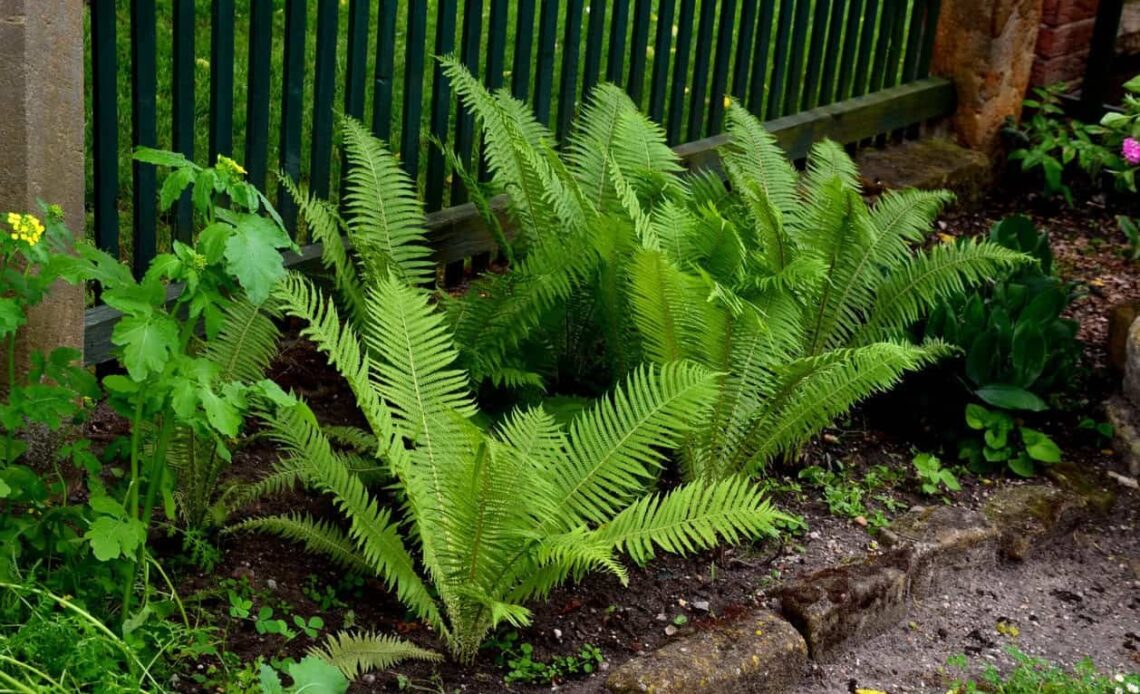Deer, with their graceful presence, can be a delightful sight in natural landscapes. However, when these herbivores venture into our gardens, they can quickly transform from charming visitors to voracious pests. Their appetite for a wide variety of plants can lead to significant damage, leaving gardeners frustrated and disheartened. Protecting your precious garden from these persistent foragers is essential, and fortunately, there are natural and aesthetically pleasing solutions. By incorporating certain deer-resistant plants into your landscape, you can create a beautiful and resilient garden that thrives without the need for harsh chemicals or unsightly barriers.

**Understanding Deer Behavior and Preferences**
Before diving into the list of deer-repelling plants, it’s crucial to understand the factors that attract deer to your garden. Deer are creatures of habit, and they tend to gravitate towards areas that offer a reliable food source and safe shelter. Their diet consists of a wide range of vegetation, including leaves, stems, flowers, and fruits. They are particularly drawn to tender, young plants, as well as those with a sweet or fragrant aroma.
Deer also prefer areas with easy access to water and a sense of security. Gardens located near wooded areas or with dense vegetation are more likely to attract deer, as these environments provide both food and cover. By understanding these preferences, you can strategically select and place deer-resistant plants to create a less appealing environment for these herbivores.
**The Power of Scent: Plants That Deer Dislike**
One of the most effective ways to deter deer is by utilizing plants with strong scents that they find unpleasant. Deer have a highly developed sense of smell, and certain aromas can be overpowering or even irritating to them. Here are some fragrant plants that deer tend to avoid:
– **Lavender (Lavandula spp.):** The soothing scent of lavender, beloved by humans, is often offensive to deer. Its strong, camphoraceous aroma acts as a natural deterrent, making it an excellent choice for borders and pathways.
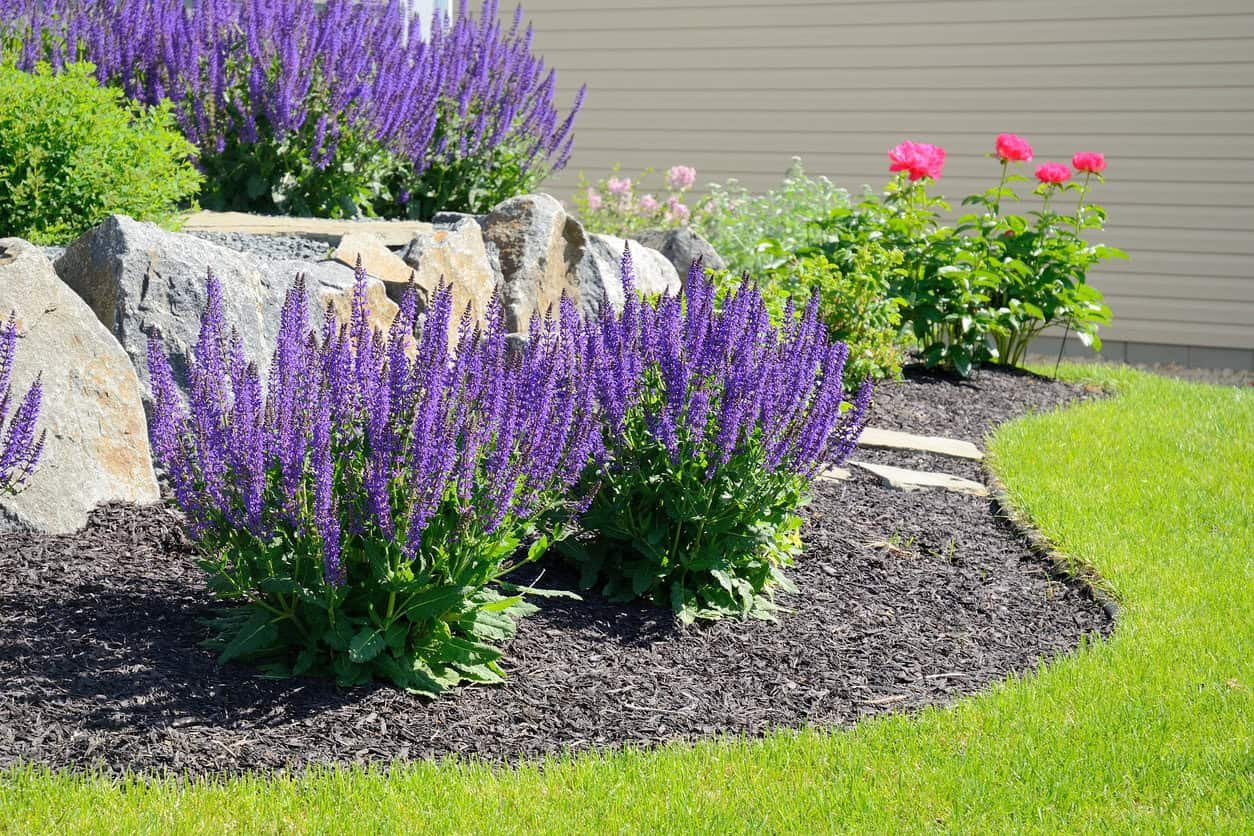
– **Rosemary (Rosmarinus officinalis):** This aromatic herb, with its pungent, pine-like scent, is another effective deer repellent. Rosemary’s strong fragrance not only deters deer but also adds a delightful aroma to your garden.
– **Sage (Salvia spp.):** Like rosemary, sage possesses a strong, earthy scent that deer find unappealing. Its fuzzy leaves also add a textural element that deer tend to avoid.
– **Mint (Mentha spp.):** The invigorating scent of mint, whether peppermint, spearmint, or other varieties, is often too intense for deer. Planting mint around the perimeter of your garden can create a fragrant barrier that keeps deer at bay.
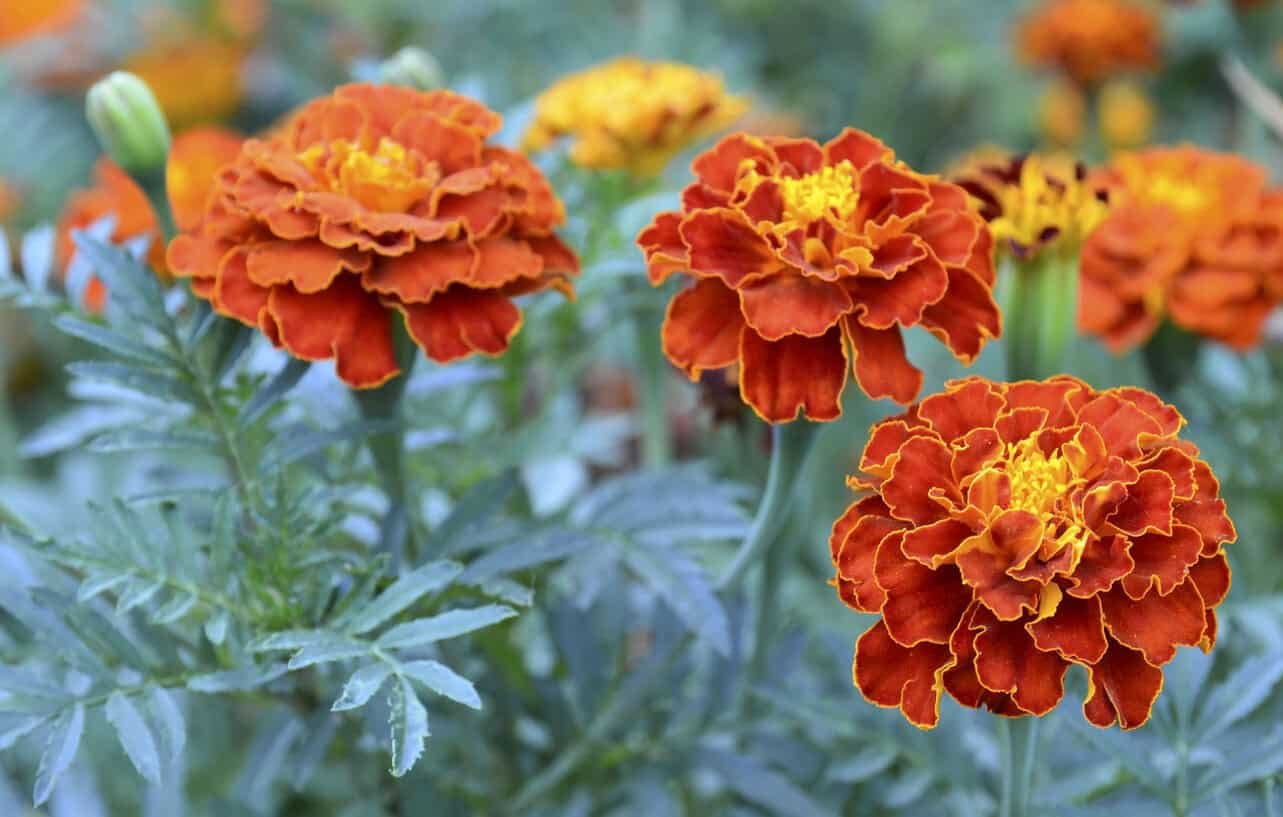
**Texture and Taste: Plants That Deer Avoid**
In addition to scent, deer are also deterred by plants with certain textures or tastes. Plants with fuzzy, prickly, or leathery leaves, as well as those with a bitter or pungent flavor, are less likely to be grazed upon. Here are some examples:
– **Lamb’s Ear (Stachys byzantina):** The soft, fuzzy leaves of lamb’s ear create a texture that deer find unpalatable. Its silvery foliage also adds a touch of elegance to any garden.
– **Yarrow (Achillea millefolium):** This hardy perennial, with its fern-like leaves and strong scent, is another excellent deer repellent. Yarrow’s bitter taste and fuzzy texture make it an undesirable meal for deer.
– **Russian Sage (Perovskia atriplicifolia):** With its silvery, aromatic foliage and lavender-like flowers, Russian sage is a beautiful and deer-resistant addition to any garden. Its fuzzy leaves and strong scent deter deer, while its drought tolerance makes it a low-maintenance choice.
– **Ornamental Onions (Allium spp.):** The pungent scent of onions, whether edible or ornamental, is a natural deer repellent. Their strong aroma and unique flower shapes make them a striking addition to any landscape.
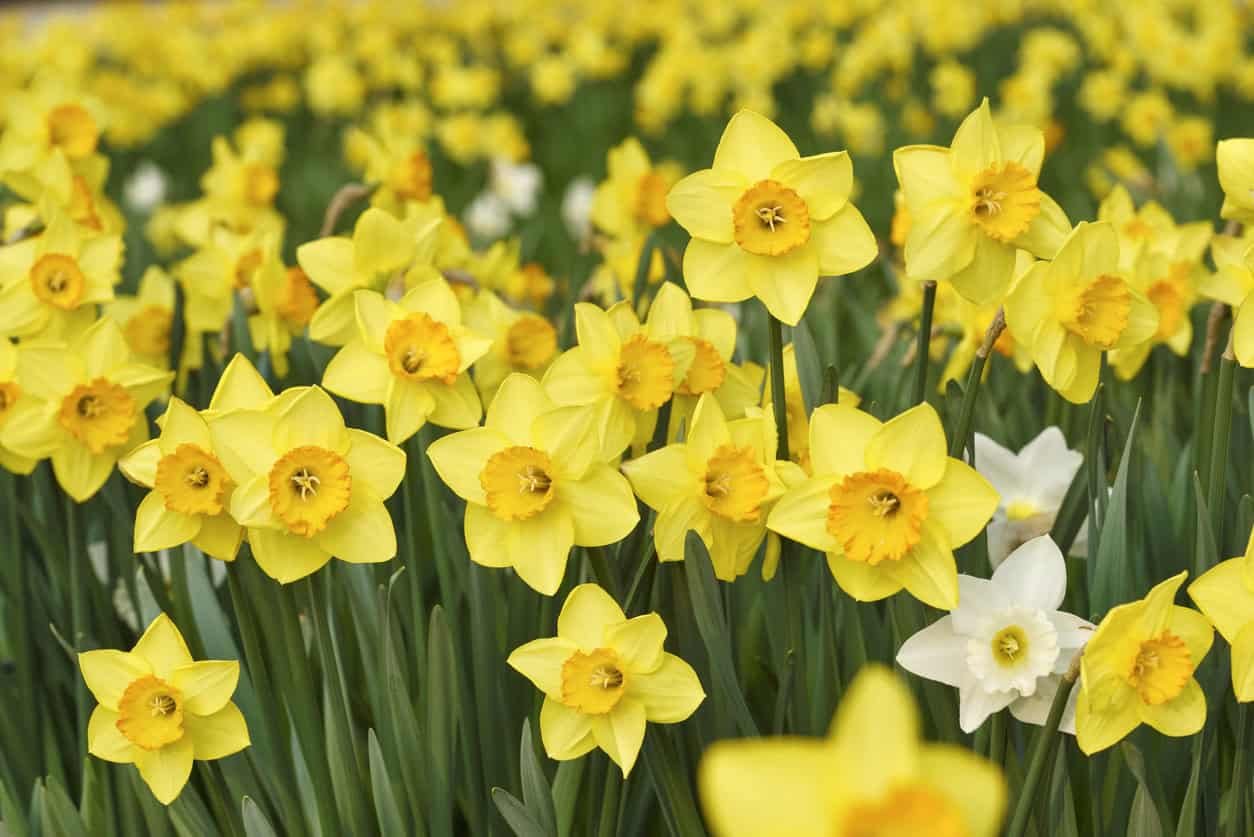
**Poisonous Plants: A Word of Caution**
While some plants naturally repel deer due to their scent, texture, or taste, others contain toxins that can be harmful or even fatal to these animals. It’s important to exercise caution when considering poisonous plants for deer deterrence, as they can also pose a risk to humans and other animals. Here are a couple of examples:
– **Foxglove (Digitalis purpurea):** This beautiful flowering plant contains cardiac glycosides, which are toxic to both humans and animals, including deer. While deer may avoid foxglove, it’s crucial to handle it with care and keep it out of reach of children and pets.
– **Daffodils (Narcissus spp.):** These cheerful spring flowers contain lycorine, a toxic alkaloid that can cause gastrointestinal distress in deer. While deer may avoid daffodils, it’s essential to plant them in areas where they won’t be easily accessible to pets or children.
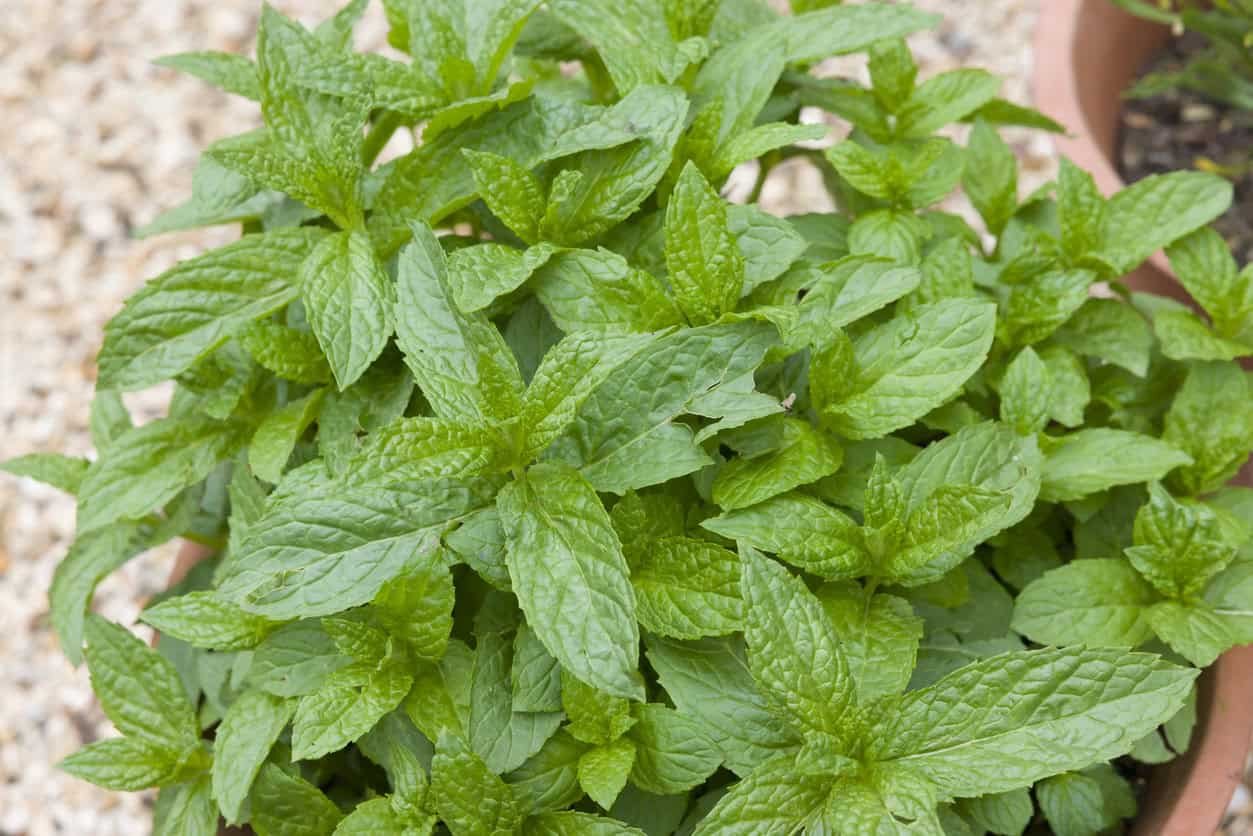
**Creating a Deer-Resistant Garden: Tips and Strategies**
Incorporating deer-resistant plants into your garden is just one piece of the puzzle. Here are some additional tips and strategies to create a comprehensive deer-resistant landscape:
– **Strategic Placement:** Plant deer-resistant species around the perimeter of your garden or in areas where deer are most likely to enter.
– **Companion Planting:** Interplant deer-resistant plants with vulnerable species to create a less appealing environment for deer.
– **Physical Barriers:** Install fences, netting, or other physical barriers to prevent deer from accessing your garden.
– **Deer Repellents:** Use commercial or homemade deer repellents to deter deer from your plants.
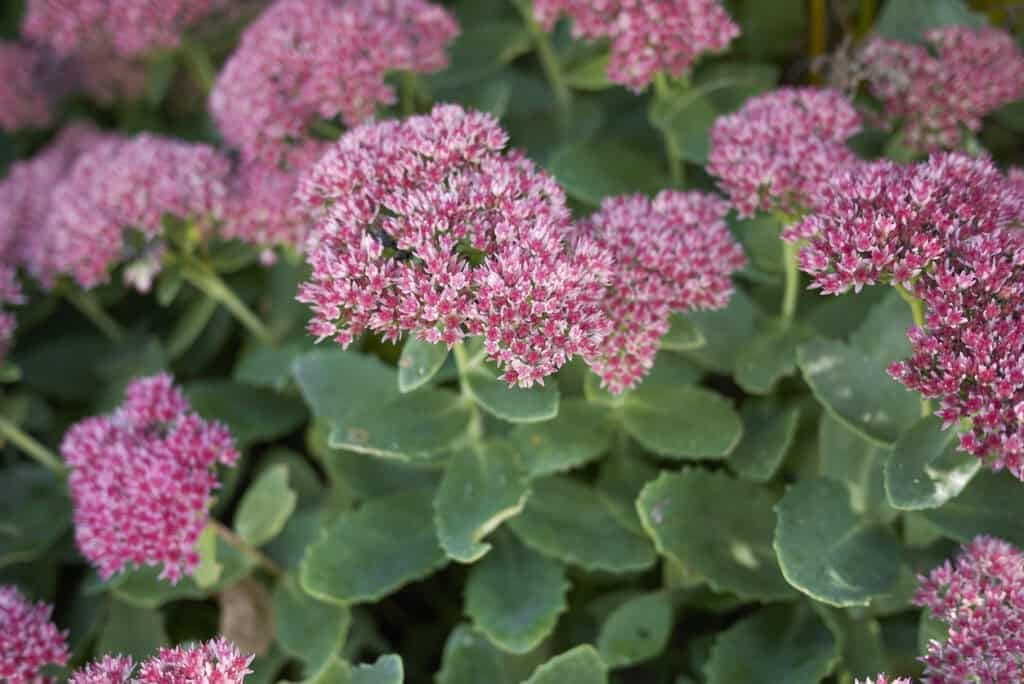
– **Vary Plant Selection:** Deer are less likely to develop a taste for a particular plant if there is a wide variety of options available.
– **Regularly Change Tactics:** Deer can become accustomed to certain deterrents, so it’s essential to rotate your strategies to maintain effectiveness.
By combining these strategies with the power of deer-resistant plants, you can create a beautiful and thriving garden that is less susceptible to deer damage. Remember to research the specific needs and preferences of each plant species to ensure their optimal growth and effectiveness in repelling deer.
